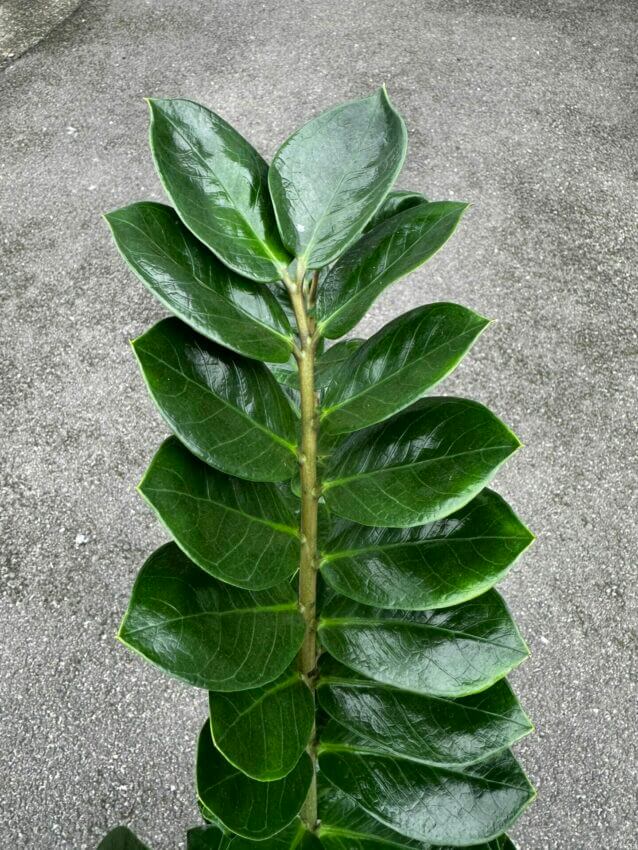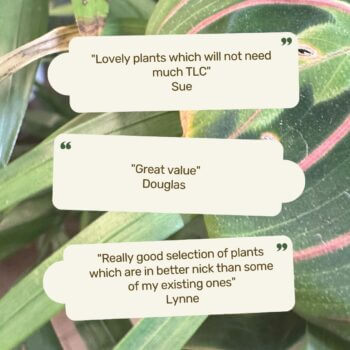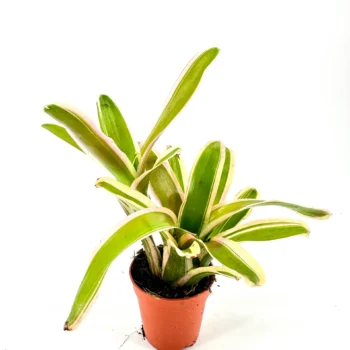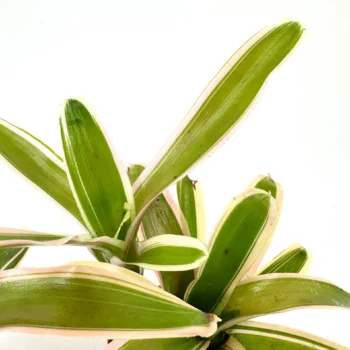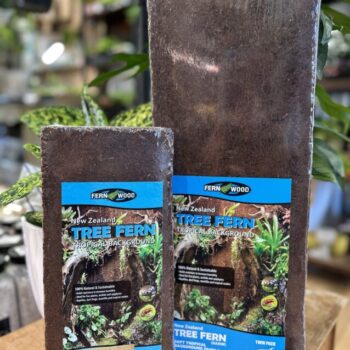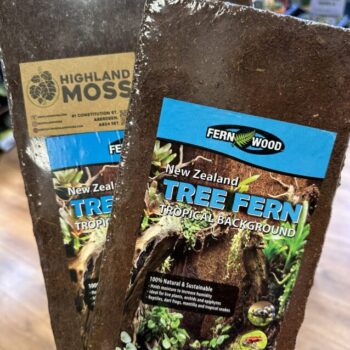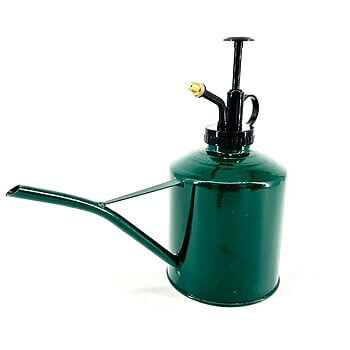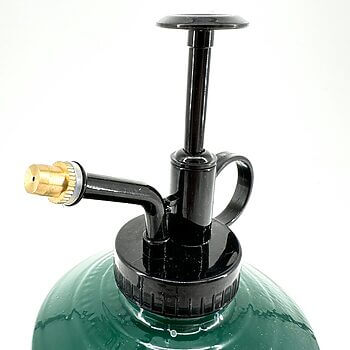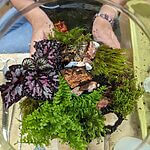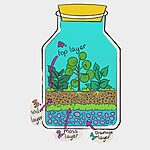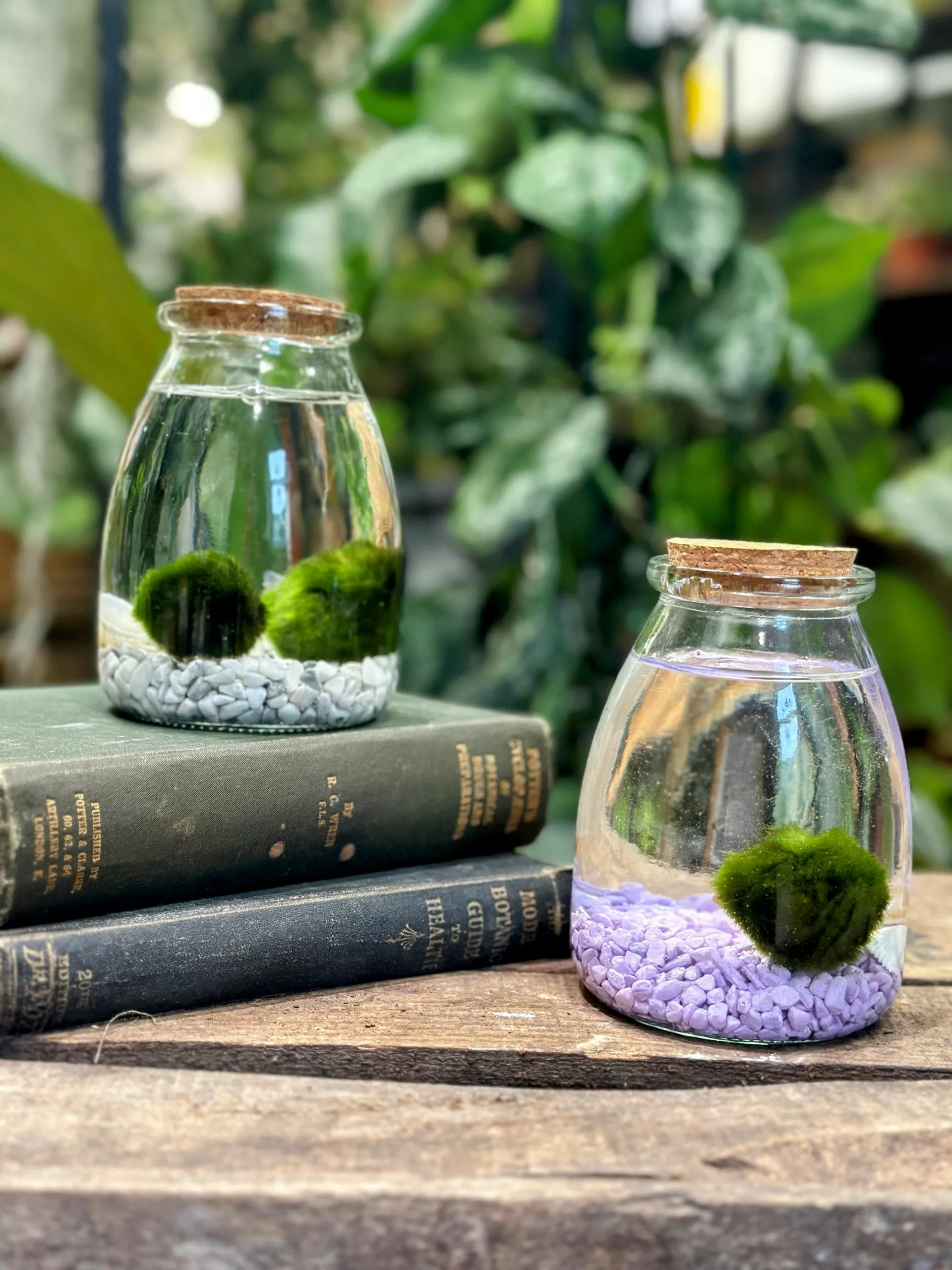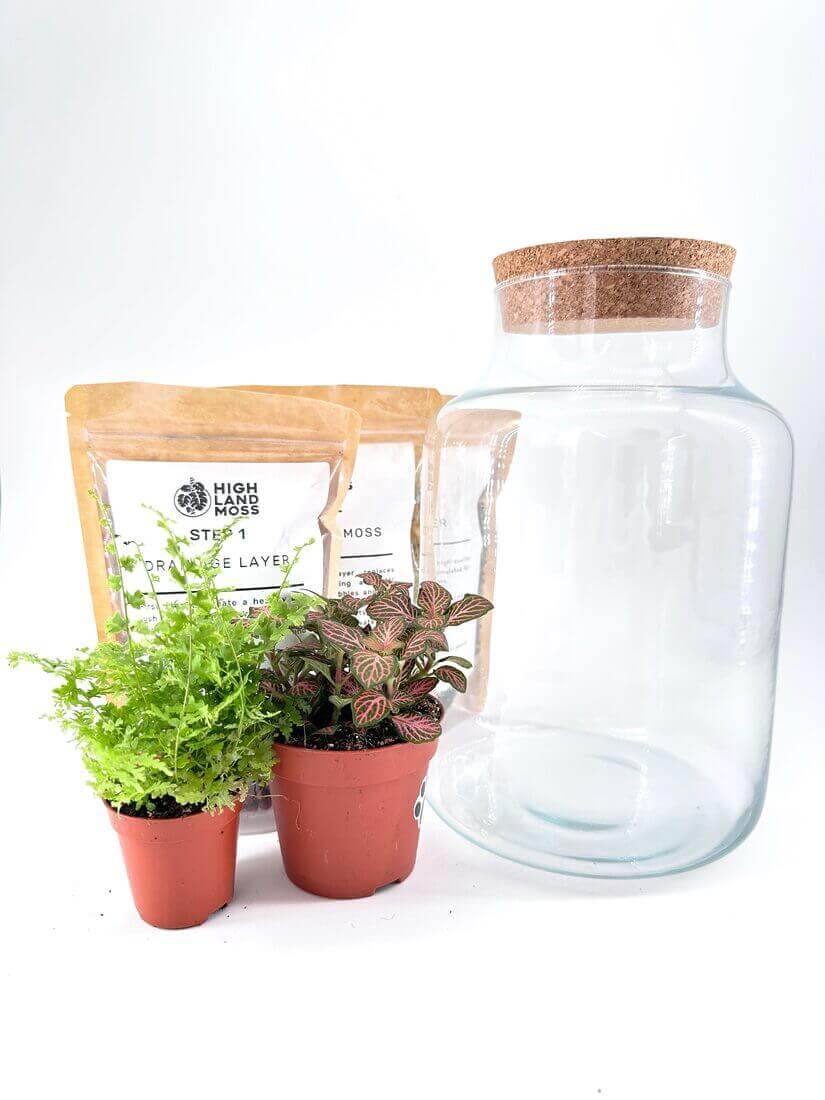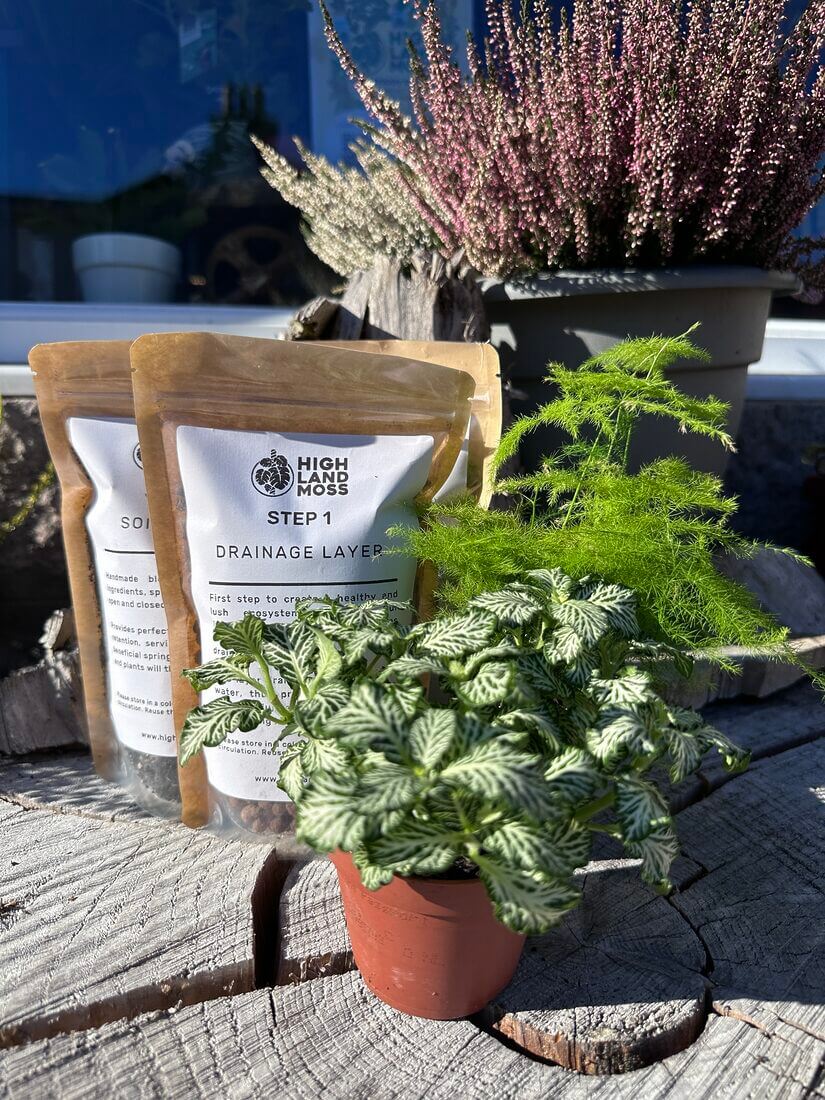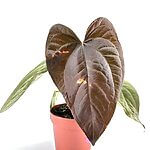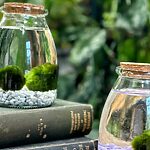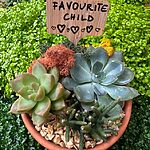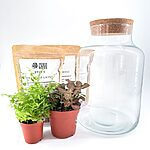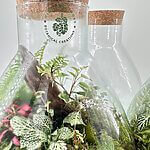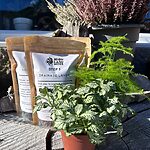Table of Content
- About
- Light
- Humidity
- Water
- Soil
- Pest & Diseases
- Feed
- Pruning & Propagating
- Repotting
- Troubleshooting & Tips
- Toxicity
- Species
- Aeschynanthus Marmoratus Zebra
- Aeschynanthus Rasta
About
Aeschynanthus is a must-consider option if you are looking for your next trailing or hanging plant to brighten up your indoor space. These beautiful trailing epiphytes cascade out of their pots forming chainlink-like stems of bright glossy green foliage. If this plant only produced its foliage it would still be one of the best-looking houseplants around, but what sets this magical wonder apart from the rest is the incredible blooms of flowers, which is the reason it has been given the common name the lipstick plant. It produces clusters of vividly coloured red tuberous flowers that seemingly pop out of a deep maroon bud that gives it the appearance of a tube of lipstick.
This one-of-a-kind and easy-to-care-for evergreen belongs to the family Gesneriaceae which is made up of around 150 different species of tropical and sub-tropical plants, most of which originate from Southeast Asia. Like a lot of our favourite houseplants, this one is also found in humidity-rich jungle-like environments where they normally live as epiphytes, meaning they live by clinging to tree branches or tucked into crevices and cracks of rocks. In the wild, these marvellous plants can trail down in lengths of up to four to five feet and produce prolific displays of flowers that produce some of the best nectar that is irresistible to sunbirds.
Light
Lipstick plants need an abundance of light when grown indoors. It is best to place the plant in the brightest spot possible. Keeping light levels consistent will be crucial in order to be in for a chance of a good bloom.
These plants will tolerate filtered sunlight, which can be beneficial but anything more than a couple of hours can start to cause damage. They are sensitive to intense direct light which will quickly cause sun scorch to the leaves.
They are also not the biggest shade lover, lack of light results in leaf drops and a leggy appearance. This will also have a big effect on the number of flowers the plant is able to produce.
Humidity
Lipstick plants like humidity, their natural tropical and subtropical environment feeds them with a consistent level of high humidity which in turn helps them to flourish. Ideally, these plants will need a humidity level of around 55-70% to perform at their best. They can tolerate slightly lower conditions as long as they are being regularly misted or the humidity levels directly around them are being improved.
These plants like consistency so sudden changes to the environment or condition can cause the plant to start showing signs of distress.
Pro Tip
The best way to maintain high humidity is to use a humidifier placed about a meter away from your plant to provide high ambient humidity. Alternatively, you could place your plant on an undertray filled with coya pebbles or small stones that are sitting in a shallow layer of water. Make sure the plant is not submerged in any water as this can lead to root rot. As the water from the undertray evaporates from the surface of the pebbles or stones it will keep humidity levels high exactly where you need it most.
Water
Lipstick plants sit comfortably in the middle of the watering spectrum. They like to have their soil kept relatively moist but not wet or soggy as this can lead to root rot and fungal infection. The plant shouldn’t be allowed to dry out completely as this will result in leaf drop. A continuous moist soil will be the ideal sweet spot. When in doubt, it’s always better to underwater your plant than to water it too much. In this case, underwatering is a much easier problem to solve!
Top Tip
Always water from the base of the plant. Sitting your plant in an under tray and allowing it to absorb water from the base will reduce the risk of overwatering and is a good preventative measure for fungus gnats. Remember to always set a timer from the minute the plant goes in the water, we don’t want any forgotten casualties on our hands.
Pro Tip
Before you water your plant, take note of the weight of the pot. Once you’ve watered the plant, try to notice the difference in weight from before. Now you can quickly tell if your plant needs water by just lifting it up.
Soil
Lipstick plants prefer well-drained soil that can retain moisture between watering. The ideal soil mix for them will be nutrient-rich, allow for good aeration, be slightly acidic, and free-draining with a smidge of water retention.
Most houseplant potting mixes will be sufficient, but you can always add perlite for some additional drainage, and vermiculite for added water retention. With a combination of these, you can provide the best environment for your plant to thrive.
Pest & Dieases
It is good practice to regularly check your plants for any signs of aphids, red spider mites, mealy bugs, and thrips. You may notice some signs of distress and allow yourself time to prevent a full-blown attack.
The most common pests that are attracted to Lipsticks plants are mealybugs.
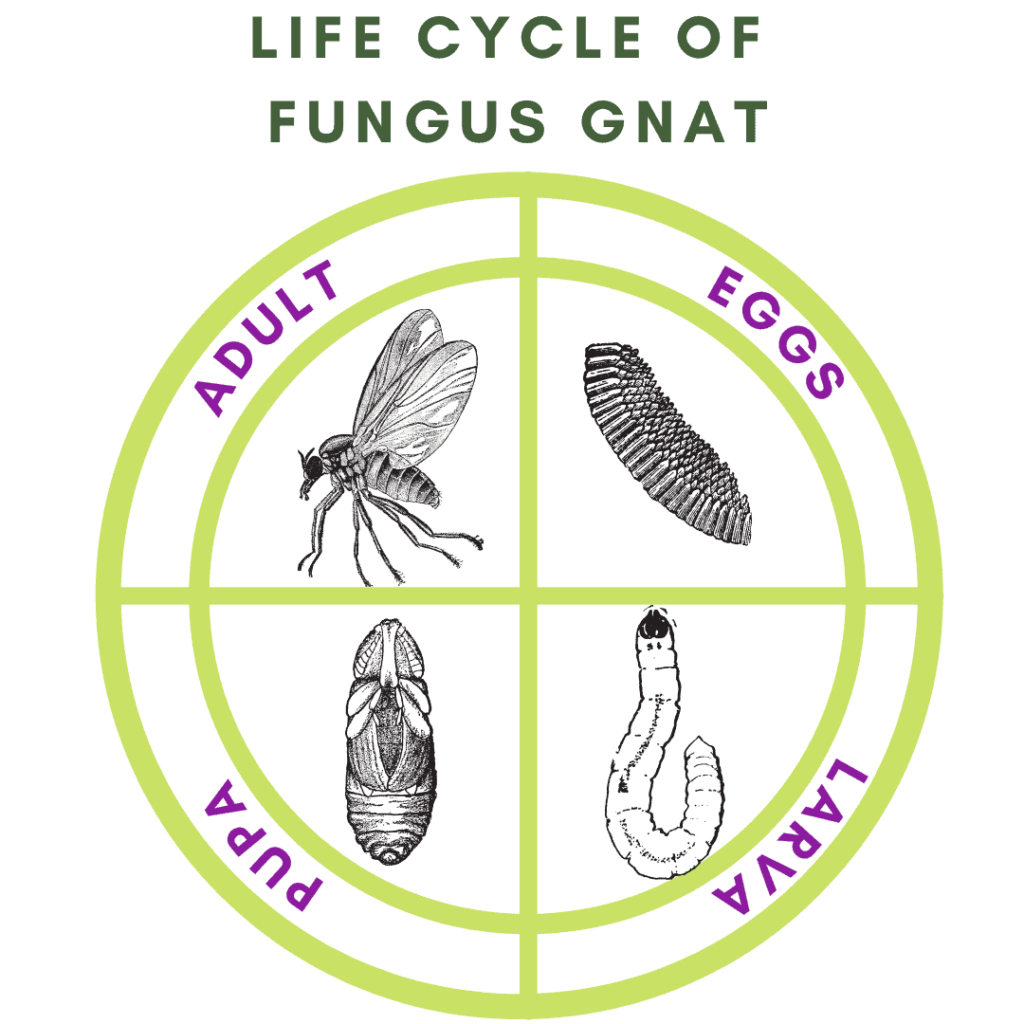
Check our video on homemade pest remedies or head over and read are Fungus Gnat Fact Check
Feed
These plants can be quick growers and will need regular feeding to keep them happy. Like most houseplants, to promote healthy roots stems, and leaves they will need a steady supply of nitrogen, phosphorus, and potassium. The most important are nitrogen and potassium, nitrogen to keep their leaves looking their best and potassium to get longer-lasting blooms.
A good liquid houseplant feed can be applied every four weeks during the growing season. There’s no need to feed during the winter, light levels are much lower and the plant won’t use as much energy to grow.
Top Tip
A drop of houseplant feed in a mister bottle is a great way to feed via its foliage. This will help to promote those glossy green leaves!
Pruning & Propagating
Being a trailing plant pruning can be helpful to keep the plant looking tidy. Regular trimming will also help to encourage new growth which will help the plant to look full and abundant and give it a fuller appearance.
REMEMBER – Always use clean and sharp pruning scissors!
Cuttings -You can gather good propagating material when pruning back your plant. If you prune your lipstick plant, take a cutting of around 3 to 5 inches. Trim off some of the leaves at the base of the stem and simply place your cuttings in a glass of rainwater and wait for up to 2 – 4 weeks to start seeing signs of new roots. You will need to regularly change the water to avoid algae. Once you have substantial root growth you can place the cutting into a small pot of Houseplant mix
You can also put your cutting straight into a jar with fresh sphagnum moss. This is probably the easiest way to propagate as it has the least steps involved. Simply take your cutting, find a jar or pot preferably with no drainage holes, fill it up with fresh moss and nestle your cutting in the centre. Fill up the jar with water so the moss has been evenly watered and then drain out all excess water making sure not to leave any at the bottom of the jar. Now just keep an eye on your new cutting checking the moss every couple of days to ensure it hasn’t dried out.
Repotting
It’s best to repot your lipstick plant once the roots fill its pot, which may happen quite quickly. Depending on the size of the plant, you may find yourself repotting once per year.
The pot size can increase by one step up every year for as long as you have the space to house the new influx of growth. If you have reached your maximum pot size you will need to top-dress the plant once a year with a fresh layer of soil to replenish the nutrients.
It’s important to note if you looking to produce the most fantastic blooms possible it will be best to leave the plant to become slightly root bound. When root-bound the lipstick plant tends to do some of its best work in producing flowers.
The best time to repot your lipstick plant is when spring arrives. Outside temperatures will rise and the daylight hours will increase. When this happens your lipstick plant will react quickly to the environmental change and start producing lots of new roots and foliage growth.
You will need to pick a pot with good drainage, we don’t want water hanging around the roots. Next, fill a third of the way up with a Houseplant Potting mix(insert link). Place the root ball of the plant in the centre of the pot.
Next, fill the pot with the rest of your potting mix and firm down the soil.
When you’ve finished and got your plant back in the perfect spot you can give it a thorough watering to settle the plant into its new pot. Keep a close eye on it for the first few weeks and then relax back into your normal watering and feeding schedule
Troubleshooting & Tips
- To get the best blooms possible all the basic needs of the plant need to be met including humidity, water, warmth and feed.
- These plants like bright environments, if the light levels are too low this will affect the plant but can also lead to rot roots as they will not be able to dry out at a quick enough rate.
- Signs of overwatering
- Yellowing leaves
- Crispy brown edges on leaves.
- Yellow and brown spotting
- Leaves wilting and curling
- Soil pulling away from the edge of the pot.
- Signs that your plant has been over-watered
- Yellowing and dark brown spots on the leaves.
- Stems feeling soft and mushy.
- White and green mould on the surface of the soil
Toxicity
These plants pose no threat to either humans or pets. They are non-toxic and safe to have in all environments in the home.
Species

Aeschynanthus Marmoratus Zebra
Aeschynanthus Marmoratus Zebra, also known as the Zebra Basket Vine, is a visually striking and exotic plant that is sure to capture the attention of anyone who encounters it. The plant features glossy, dark green leaves with distinctive white veins that resemble the stripes of a zebra, hence its name. The leaves of the Aeschynanthus Marmoratus Zebra are long, slender, and pointed, adding to the plant’s unique and alluring appearance. The plant grows in a vine-like manner, with long, trailing stems that can reach up to 3 feet in length!
Aeschynanthus Rasta
Aeschynanthus Rasta s a stunningly beautiful and unique plant. The leaves of the Aeschynanthus Rasta are thick and leathery, with a wavy edge that adds a sense of movement and dynamism to the overall display. The plant grows in a vine-like manner and at the end of each stem, a cluster of tubular, bright red flowers emerges, resembling a tube of lipstick.

If you enjoyed this guide head over to Articles & Blogs to learn more or check out our YouTube for even more useful information!



